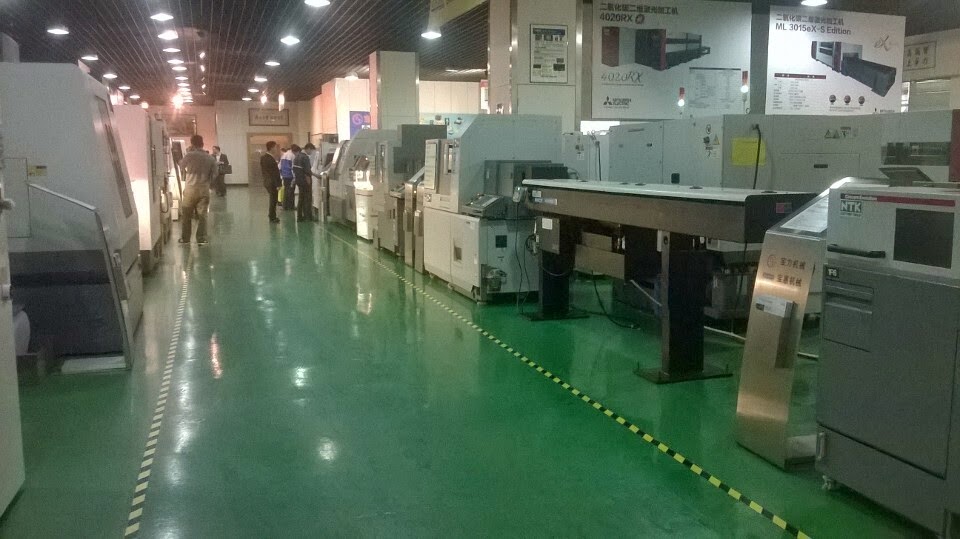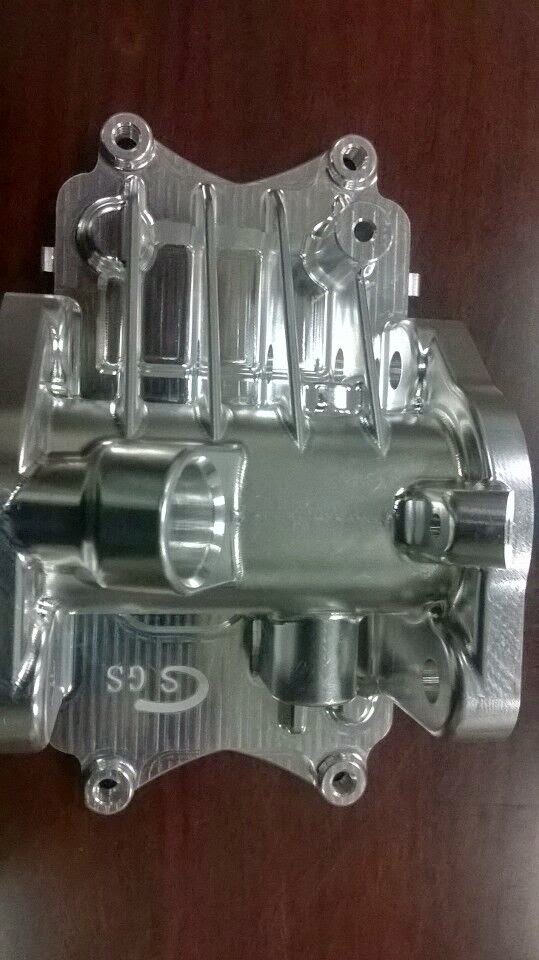Machine design is the application of science and Cnc machining technology to devise new or improved products for the purpose of satisfying human needs. It is a vast field of engineering technology which not only concerns itself with the original conception of the product in terms of its size, shape and construction details, but also considers the various factors involved in the manufacture, marketing and use of the product.
People who perform the various functions of machine design are typically called designers, or design engineers. Machine design is basically a creative activity. However, in addition to being innovative, a design engineer must also have a solid background in the areas of mechanical drawing, kinematics, dynamics, materials engineering, strength of materials and manufacturing processes.
As stated previously, the purpose of machine design is to produce a product which will serve a need for man. Cnc machining Inventions, discoveries and scientific knowledge by themselves do not necessarily benefit people; only if they are incorporated into a designed product will a benefit be derived. It should be recognized, therefore, that a human need must be identified before a particular product is designed.
Machine design should be considered to be an opportunity to use innovative talents to envision a design of a product is to be manufactured. It is important to understand the fundamentals of engineering rather than memorize mere facts and equations. There are no facts or equations which alone can be used to provide all the correct decisions to produce a good design. On the other hand, any calculations made must be done with the utmost care and precision. For example, if a decimal point is misplaced,
an otherwise acceptable design may not function.
Good designs require trying new ideas and being willing to take a certain amount of risk, knowing that is the new idea does not work the existing method can be reinstated. Thus a designer must have patience, since there is no assurance of success for the time and effort expended. Creating a completely new design generally requires that many old and well-established methods be thrust aside. This is not easy since many people cling to familiar ideas, techniques and attitudes. A design engineer should constantly search for ways to improve an existing product and must decide what old, proven concepts should be used and what new, untried ideas should be incorporated.
New designs generally have “bugs” or unforeseen problems which must be worked out before the superior characteristics of the new designs can be enjoyed. Thus there is a chance for a superior product, but only at higher risk. It should be emphasized that if a design does not warrant radical new methods, such methods should not be applied merely for the sake of change.
During the beginning stages of design, creativity should be allowed to flourish without a great number of constraints. Even though many impractical ideas may arise, it is usually easy to eliminate them in the early stages of design before firm details are required by manufacturing. In this way, innovative ideas are not inhibited. Quite often, more than one design is developed, up to the point where they can be compared against each other. It is entirely possible that the design which ultimately accepted will use ideas existing in one of the rejected designs that did not show as much overall promise.Cnc machining Psychologists frequently talk about trying to fit people to the machines they operate. It is essentially the responsibility of the design engineer to strive to fit machines to people. This is not an easy task, since there is really no average person for which certain operating dimensions and procedures are optimum.
Another important point which should be recognized is that a design engineer must be able to communicate ideas to other people if they are to be incorporated. Initially the designer must communicate a preliminary design to get management approval. This is usually done by verbal discussions in conjunction with drawing layouts and written material. To communicate effectively, the following questions must be answered:
(1) Does the design really serve a human need?
(2) Will it be competitive with existing products of rival companies?
(3) Is it economical to produce?
(4) Can it be readily maintained?
(5) Will it sell and make a profit?
Only time will provide the true answers to the preceding questions, but the product should be designed, manufactured and marketed only with initial affirmative answers. The design engineer also must communicate the finalized design to manufacturing through the use of detail and assembly drawings.
Quite often, a problem well occur during the manufacturing cycle. It may be that a change is required in the dimensioning or telegramming of a part so that it can be more readily produced. This falls in the category of engineering changes which must be approved by the design engineer so that the product function will not be adversely affected. In other cases, a deficiency in the design may appear during assembly or testing just prior to shipping. These realities simply bear out the fact that design is a living process. There is always a better way to do it and the designer should constantly strive towards finding that better way.




















